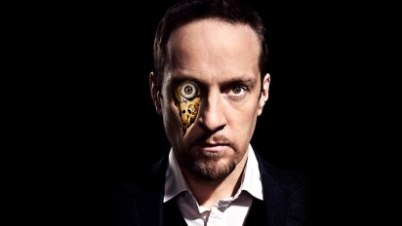By Michele Kennedy
Music industry faces threat as new technology allows fans to ‘stream’ their favourite music from sites such as YouTube and Spotify.
With millions of people now streaming their music online can the industry adapt to the changes and survive or are they in for a bumpy ride as new technology captivates the attention of music fans from all over the world.
Around 20 years ago the music industry tried to gain your attention they only had to hold it for a short period of time in order to get you to buy the CD.
However, the introduction of Apple’s ITunes made it difficult for the industry to do this, they had to adapt and find new ways to make money. For music fans this was a revelation. They were able to download their favourite tracks for as little as 99p without having to buy the entire album.
The introduction of online services such as Spotify and YouTube means the music industry has to prepare itself for another drastic change in music’s culture.
Ticket sales from 2011 shows that less people are buying tickets to actually attend the concerts: a total of 50.1 million were sold compared to 52 million in 2010. However, the number of music sales has increased by an estimated 8 % to £5.2 billion in 2011.
Charlotte DeValmency, a 20 year old law student from England, says: “I think the music industry resisted it for too long and didn’t adapt, now people are more used to the illegal ways of streaming. Hard core fans will still pay for the music but think it might change the music industry for the better.”
17 year old high school student from Glasgow, Sarah Dunn, defends the industry by saying: “I prefer CDs because all you have to do is put them in a media player and listen to your favourite singer or band, you can get lost in the music. The problem with downloading music whether it be legally or not is that you have in a way, lost that personal contact with your favourite artist. In the CDs is normally a written thank you from that person and this makes the connection between the artists and their fans more personal.”
Byron Evans, who is a 19 year old drama student from Glasgow and self confessed music fanatic claims: “The music industry doesn’t need saving, recent statistics have proven this. However I do believe that something needs to be done about the concert attendance. Take Rihanna for example, her music sales are through the roof yet she has had to cancel shows in the past due to empty seats.”
Statistics show that 16.4 million people now stream their music online, 20% of streamers buy more downloads since streaming and 55% of streamers discover new artists because of streaming. With Norway being the leading market for streamers with 48%, surprisingly Japan having the lowest figures of 15%. Leaving an average of 32% of the worlds population are using streaming as a method of listening to music.
The download sales have increased every year with singles sales increasing by 13%, while digital albums increased 25.1%. There were more than 100 million digital albums sold in 2011. For the music industry this is a first. So clearly, streaming services such as YouTube and Spotify aren’t killing the industry. Instead i helps ng it.





